Visibility of Rabee Thani Crescent
(1430 AH)
- When to Observe Rabee Thani Waxing (NEW) Crescent ?
- Rabee Thani Waxing (NEW) Crescent Observation Results
- The OFFICIAL First Day in Different Countries
- When to Observe Rabee Awwal (OLD) Crescent ?
- Rabee Awwal Waning (OLD) Crescent Observation Results
The geocentric conjunction (Geocentric New Moon) will occur Inshalla on (Thursday 26 March 2009) at 16:06 UT.
Sighting the new crescent on (Thursday 26 March 2009) and (Friday 27 March 2009) is shown in the below graphs using the program Accurate Times by Mohammad Odeh according to Odeh criterion. Where:-
According to the Universal Hejric Calendar (UHC), which is based on the calculated crescent visibility, the start of this month in the Eastern Region will be on Saturday 28 March 2009 and in the Western Region will be on Friday 27 March 2009.
- Results of seeing the crescent, and the first day of the month in different countries will be added here Inshalla as we receive the reports from ICOP's members. If you wish to be a member in ICOP, or to know more about it, kindly click here.
So far, the earliest sighting of the crescent -after sunset- was on Friday 27 March 2009 from Malaysia by ICOP member Mr. Baharrudin Zainal, the crescent was also seen on this day from Iran, Saudi, Morocco, Senegal, France and UK.
Thursday 26 March 2009:
Friday 27 March 2009:
The first observation of crescent parameters:
The first observation of crescent parameters:
The group was divided two and all of them observed the crescent
Qamar Uddin, Report Submitted: 28 March 2009, 12:30 hrs GMT.
London (South): Shaykh Sulayman Gani from Balham Mosque (plus 20 observers).
London (East): Maulana Shoyaib Nurgat and Br Abdul Aziz from Masjid-e-Umar, Walthamstow (plus 10 observers), Br Nagman from Madressa Targhibul Qur'aan (plus 8 student observers); Br Yakub from Upton Lane.
London (North): Br. Abdul Karim and Ustaad Salah Khan from Woodgreen (negative sighting/cloudy)
Birmingham: Ziaur Rahman from Handsworth Park (with mobile phone photos supplied).
Batley: Mufti Zakaria Akudi (and many others, but negative sighting/cloudy).
Edinburgh (negative sighting/cloudy): Wahid Irshad from Campus)
York (Sutton Bank): Martin Dawson, Philip Jennings, Martin Whillock, Philip Holems (sighting between patches of clouds),;Qamar Uddin, Hatim Salih, Dawood Wilkinson, Qutub Uddin, Zaidan Ali, Abdur-Rahman Alajlan, Sami Alresaii, Fayez Almutairi (negative sighting/cloudy).
Oxford: Dr. Muhammad Afifi al-Akiti (plus 2 observers) on the way from Oxford to Banbury."
Friday 27 March 2009:
Saturday 28 March 2009:
Sunday 29 March 2009:
The geocentric conjunction (Geocentric New Moon) will occur Inshalla on (Thursday 26 March 2009) at 16:06 UT.
Sighting the OLD crescent on (Thursday 26 March 2009) and on (Wednesday 25 March 2009) is shown in the below graphs using the program Accurate Times by Mohammad Odeh according to Odeh criterion. Where:-
Thursday 26 March 2009:
Wednesday 25 March 2009:
Surface conditions at time of first/last sighting at
Topocentric and local time values from “Accurate Times”:
I was NOT able to see the crescent, even through a telescope. I began at 06:35 with the scope pre-pointed to the exact location of the crescent (alt.=12°). Periodic checks for the next two hours did not reveal any image. I was hoping to acquire the crescent and follow it for several hours. Then if I was lucky for the new Moon tomorrow, I would have improved on my record of shortest duration for two opposing Moons.
When to Observe Rabee Thani Waxing (NEW) Crescent ?

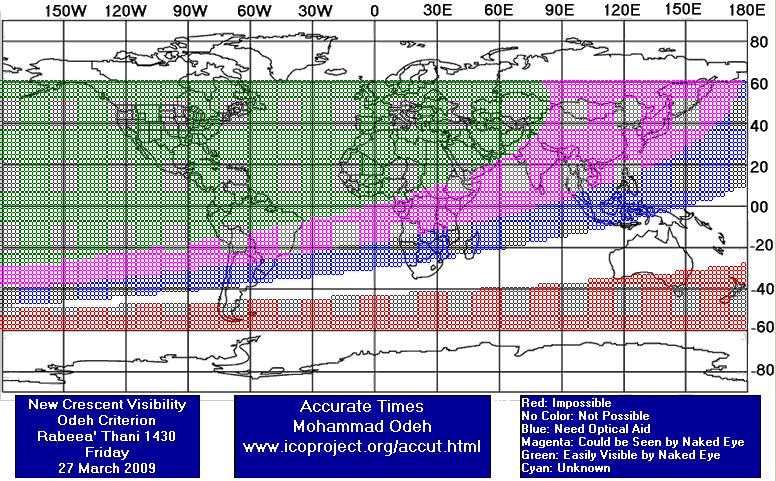

Rabee Thani Waxing (NEW) Crescent Observation Results
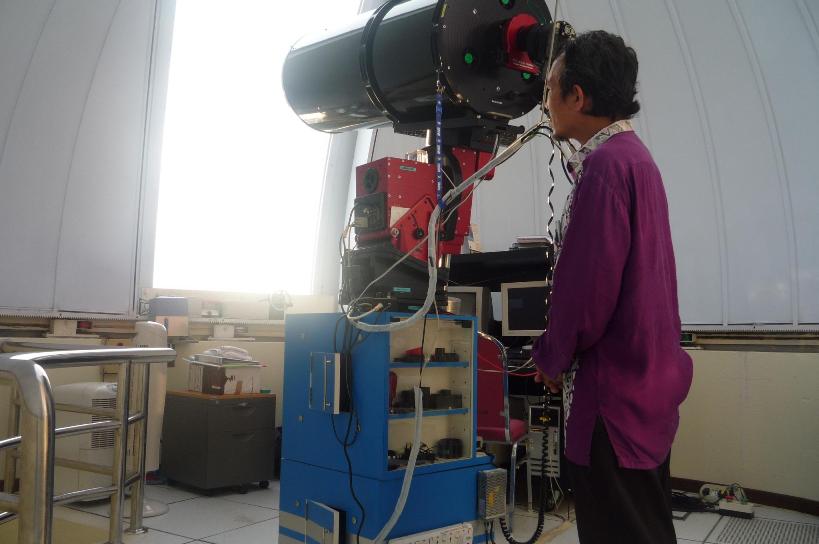
* From: The Astronomy and Geophysics Centre Of Shahreza & Women Astronomy and Geography Society of Isfahan Province
* Reporter: Hossein Janghorbani, manager of the center
* We saw the new moon crescent on Friday March. 27th .2009(07/1/1388 according to Iran calendar), in a region located in the east of Shahreza with these geographic coordinates:
- Lat: 32° N
- Lon: 51° 52' E
- Ele: 1825 m
- Time Zone: +3.5
By: Ali Janghorbani
Through: 15x70 binocular
Time: 19:24 LT
Moon Alt: 9.677
Elongation: 11.899
Moon Phase: 1.25%
Moon width: 0.34m
Rel Azi: 2.979
Moon Age: 22h 47m
By: Hossein Janghorbani
Through: eye
Time: 19:36 LT
Moon Alt: 7.285
Elongation: 11.990
Moon Phase: 1.27%
Moon width: 0.34m
Rel Azi: 2.894
Moon Age: 23h 0m
The group members:
1. Mohammad Amini
2. Qasem Khaleghi
3. Mohammad Javad Nikeghbal
4. Hossein Navvabi
5. Reza Ensandoost
6. Reza Janghorbani
7. Ali Janghorbani
8. Hossein Janghorbani
9. Hakimeh Ghermezi
10. Zinat Ghermezi
11. Parisa Naderi
12. Zahra Fallah
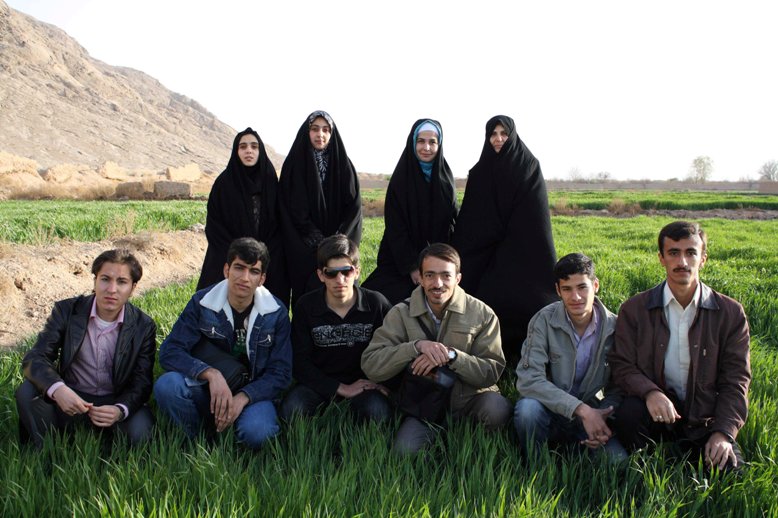
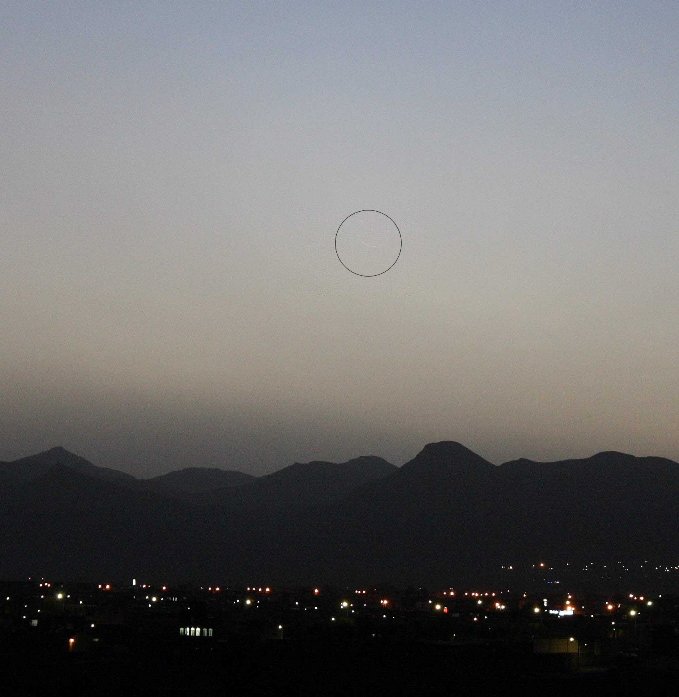
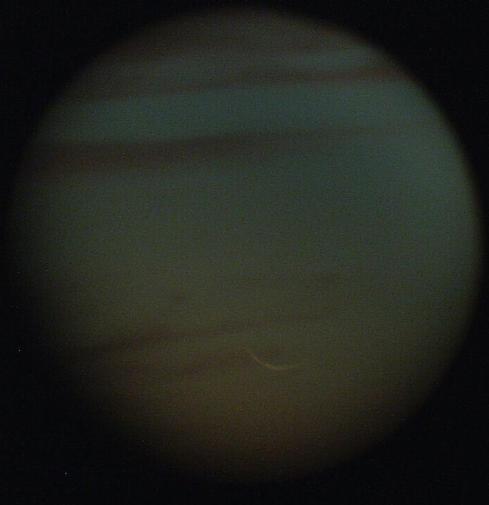

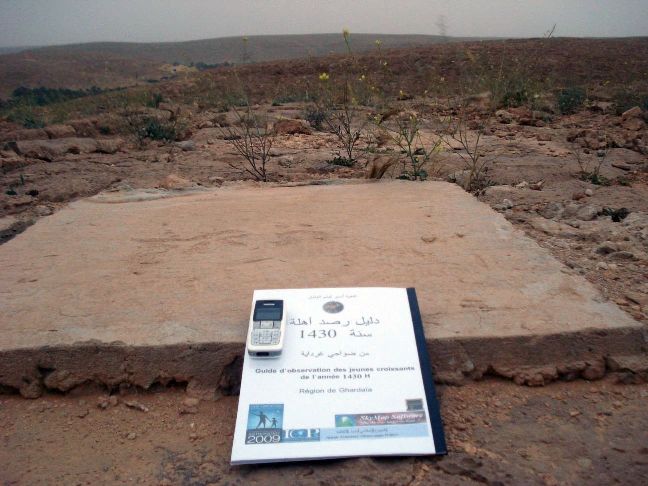
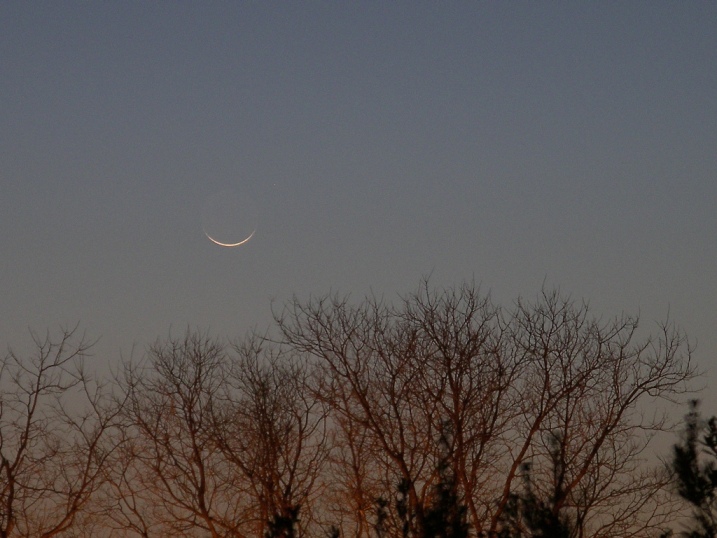

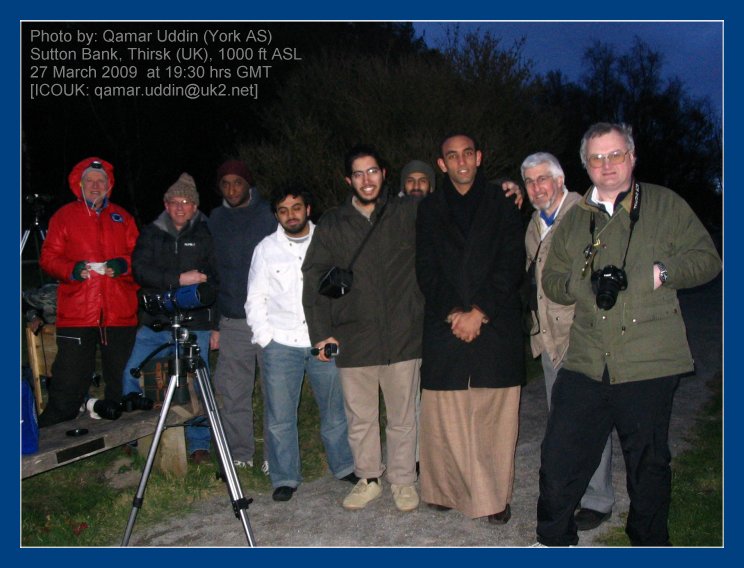

The OFFICIAL First Day in Different Countries

When to Observe Rabee Awwal Waning (OLD) Crescent ?
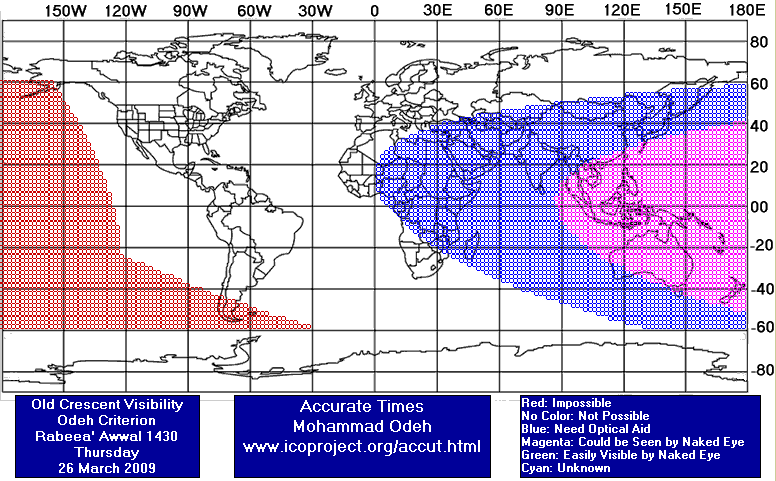
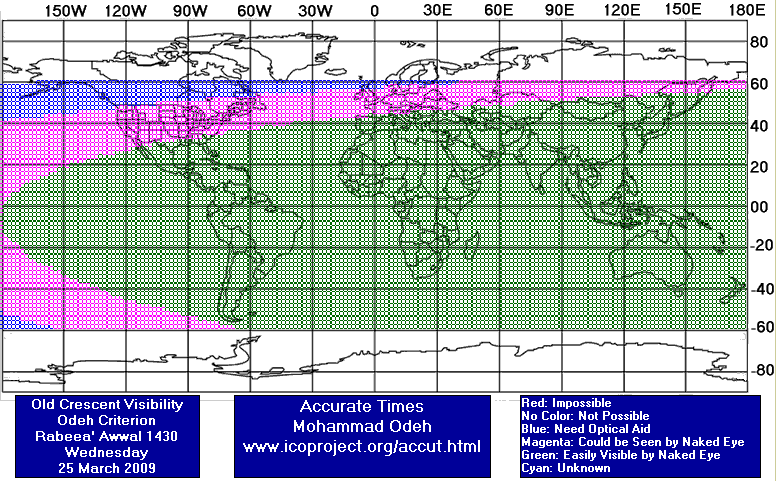

Rabee Awwal Waning (OLD) Crescent Observation Results
Location = Tucson, Arizona (USA)
Longitude = 110.9645 W
Latitude = 32.4204 N
Elevation = 842 meters
Time Zone = -7.0 hours
Tucson International Airport (805 m):
Temperature = 49 degrees F.
Relative Humidity = 29 percent
Sea Level Pressure = 1014 mb
Slight haze from blowing dust
Moonrise (at sea level) = 05:29
Sunrise (at sea level) = 06:16
Time from new moon at 06:35 = 25 hr. 35 min.
Moon lag time = 46 min.
Relative Altitude = 9.7 degrees
Elongation from sun = 13.5 degrees
Crescent width = 26 arc seconds
Illumination = 1.4 percent
By Moh'd Odeh. Copyright © 1998-2009 Islamic Crescents' Observation Project (ICOP), All Rights Reserved. This material may not be reproduced in any form without permission. For more information Kindly send E-mail





